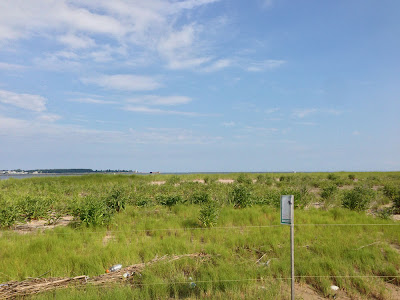As we have now entered the peak of the hawk migration season along the east coast, there may be no better time to review the latest entry into Richard Crossley’s “ID Guide” series. This one is entitled “The Crossley ID Guide: Raptors” and is authored by Crossley, Jerry Liguori, and Brian Sullivan. Just like his other recent works, this is a photographic guide that places as much an emphasis on GISS (General Impression, Size, and Shape) as it does on plumage features. For more detail on this style, you can check out my review of his “Eastern Birds” effort. After a very brief Introduction (5 pages), this book is divided into two segments: Plates and Species Accounts. Plates: The Plates, just like in Crossley’s “Eastern Birds”, consist of several photos set against a natural landscape background (that particular species’ preferred habitat). The authors generally do a nice job of depicting all angles of each age, sex, or color morph of every species. The more variable a s...










